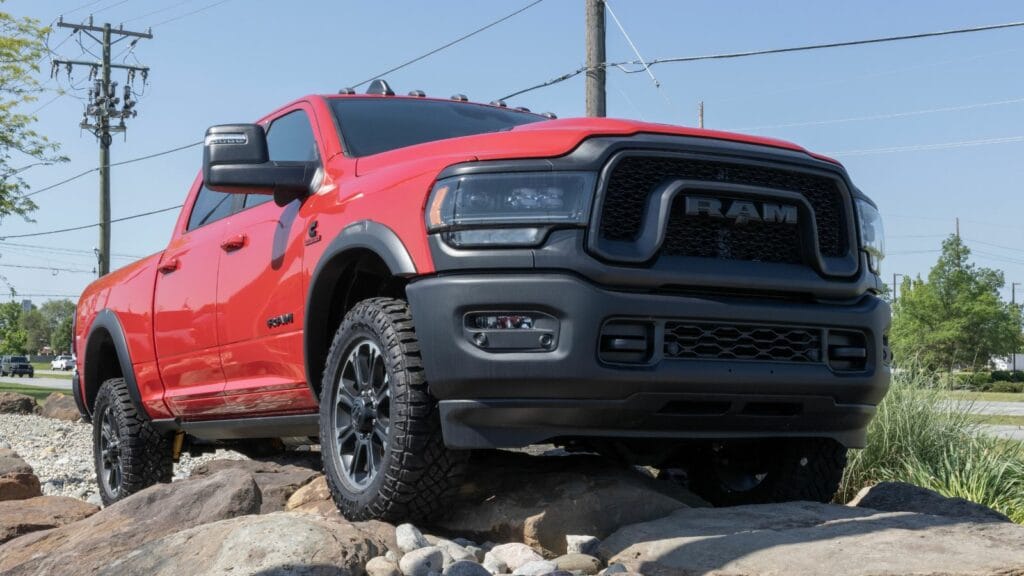Pickup trucks have grown from practical workhorses into towering status symbols, and one automotive safety expert says the transformation has gone too far. In a blunt critique that’s ignited online debate, he argued that many of today’s trucks are not only unnecessarily large but dangerously designed. His warning focuses on three main areas visibility, impact safety, and pedestrian risk suggesting that current regulations simply haven’t caught up to the vehicles dominating American roads.
The Rise of Oversized Pickups
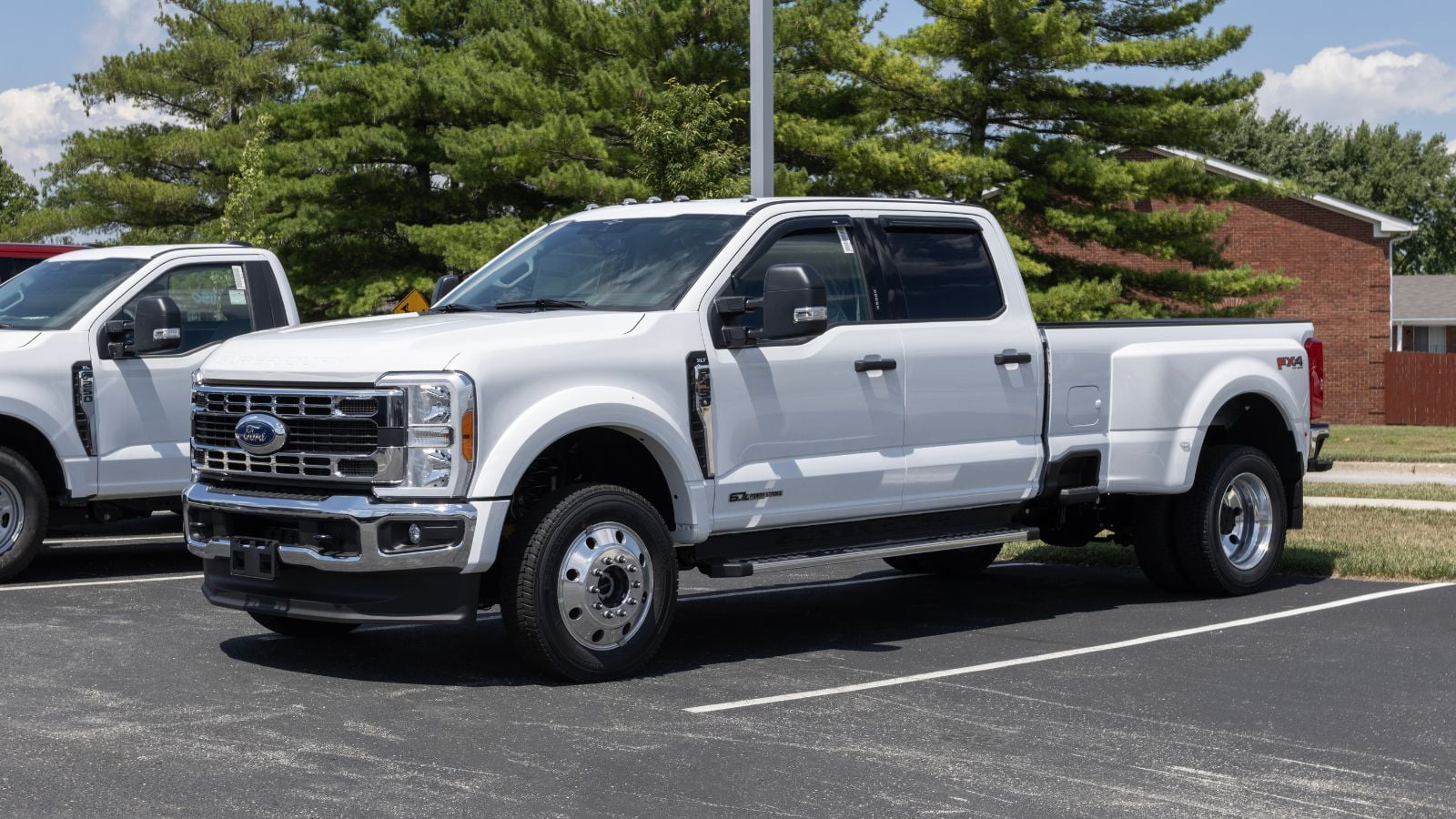
Over the last two decades, pickup trucks have ballooned in size, weight, and height. Models like the Ford F-250 Super Duty, Chevrolet Silverado HD, and Ram 2500 now sit higher than the roofline of most cars. Their hoods alone can measure over four feet tall. What started as functional work tools have turned into lifestyle vehicles with imposing stances and massive front grilles. Automakers claim these designs project confidence and durability, but critics argue they compromise safety and practicality. The added size hasn’t necessarily translated to better utility either many modern beds are actually harder to reach or load due to high tailgate heights.
Visibility Problems That Can Turn Deadly

One of the expert’s strongest criticisms centers on the growing front-end blind zones. In tests conducted by safety researchers, drivers in popular trucks like the GMC Sierra and Toyota Tundra couldn’t see a row of child-size mannequins directly ahead of the vehicle. The blind spot from the front bumper can extend ten feet or more, enough to completely hide a small child or pedestrian. That’s not an exaggeration it’s a measurable design flaw. The combination of high hoods and thick A-pillars makes navigating parking lots or urban crosswalks genuinely hazardous. Advocates have called for height limits or front camera systems to become mandatory safety equipment, much like backup cameras did a decade ago.
Aggressive Styling and Safety Don’t Mix
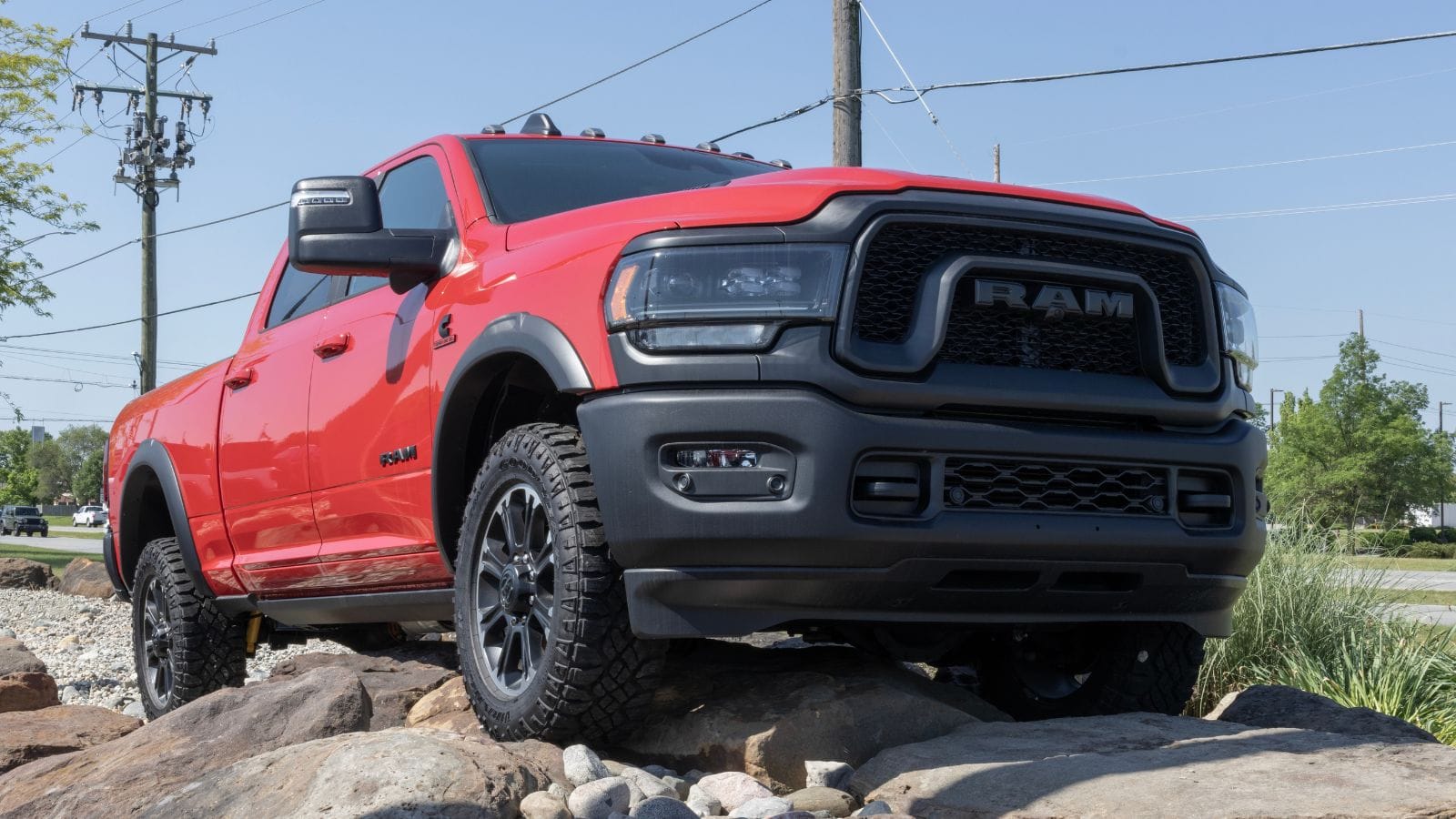
Design trends have moved from sleek and functional to intimidating and aggressive. Tall, flat hoods and massive chrome grilles now dominate showrooms because they appeal to buyers who equate size with toughness. The expert argues that this aesthetic has crossed the line, turning vehicles into threats on the road. Studies from safety institutes have shown that trucks with squared-off front ends are significantly more likely to cause fatal pedestrian injuries than older, rounded models. Even a minor front-end collision at city speeds can be deadly because of the height at which impact occurs often at chest or head level rather than at the legs where older designs would strike first.
The Weight Factor No One Talks About

Modern trucks don’t just look heavier—they are. The average full-size pickup now weighs more than many luxury SUVs or even small commercial vans. This weight increase has serious consequences for braking, maneuverability, and crash outcomes. A 7,500-pound truck traveling at highway speed carries enormous kinetic energy, far exceeding that of a typical sedan. The result is longer stopping distances and more severe damage in multi-vehicle crashes. The rise of electric pickups like the GMC Hummer EV and Rivian R1T has amplified the issue, with battery packs adding thousands of pounds more. Even minor fender benders become costly, as repair shops face higher parts and calibration expenses due to complex sensors and aluminum panels.
Why Regulators Haven’t Stepped In
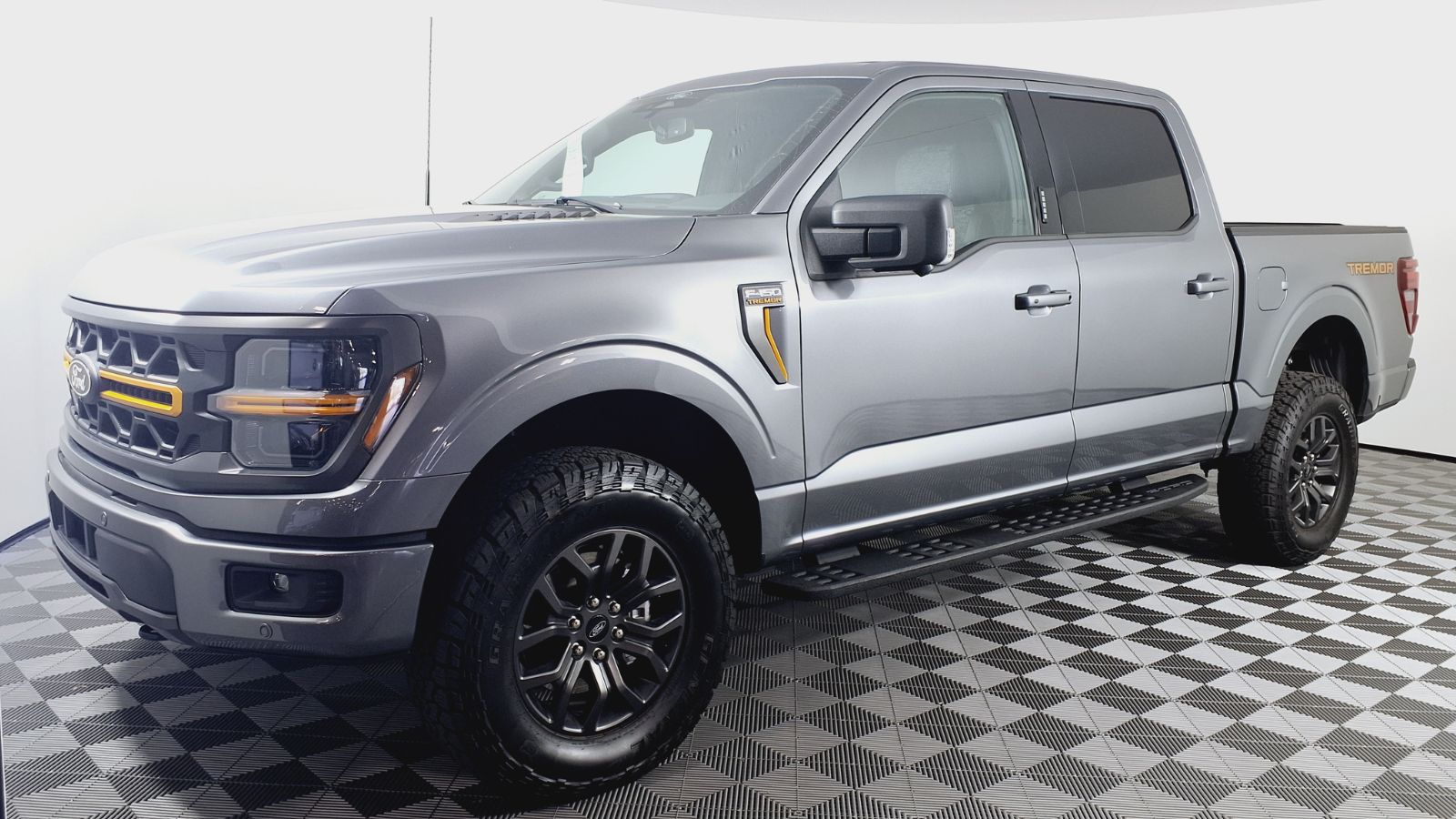
Despite these mounting concerns, few federal safety standards directly address visibility, hood height, or weight limits for light trucks. The U.S. regulatory system still classifies most pickups as “light-duty vehicles,” meaning they’re exempt from certain pedestrian safety rules that apply to passenger cars. That loophole allows automakers to build ever-larger trucks with fewer design restrictions. Industry lobbying has played a major role, arguing that tighter rules would hurt rural buyers and businesses that depend on trucks. But critics say that’s an outdated excuse, since the majority of pickup sales today are to suburban consumers who use them for commuting or recreation, not hauling lumber or towing equipment.
The Urban and Environmental Cost
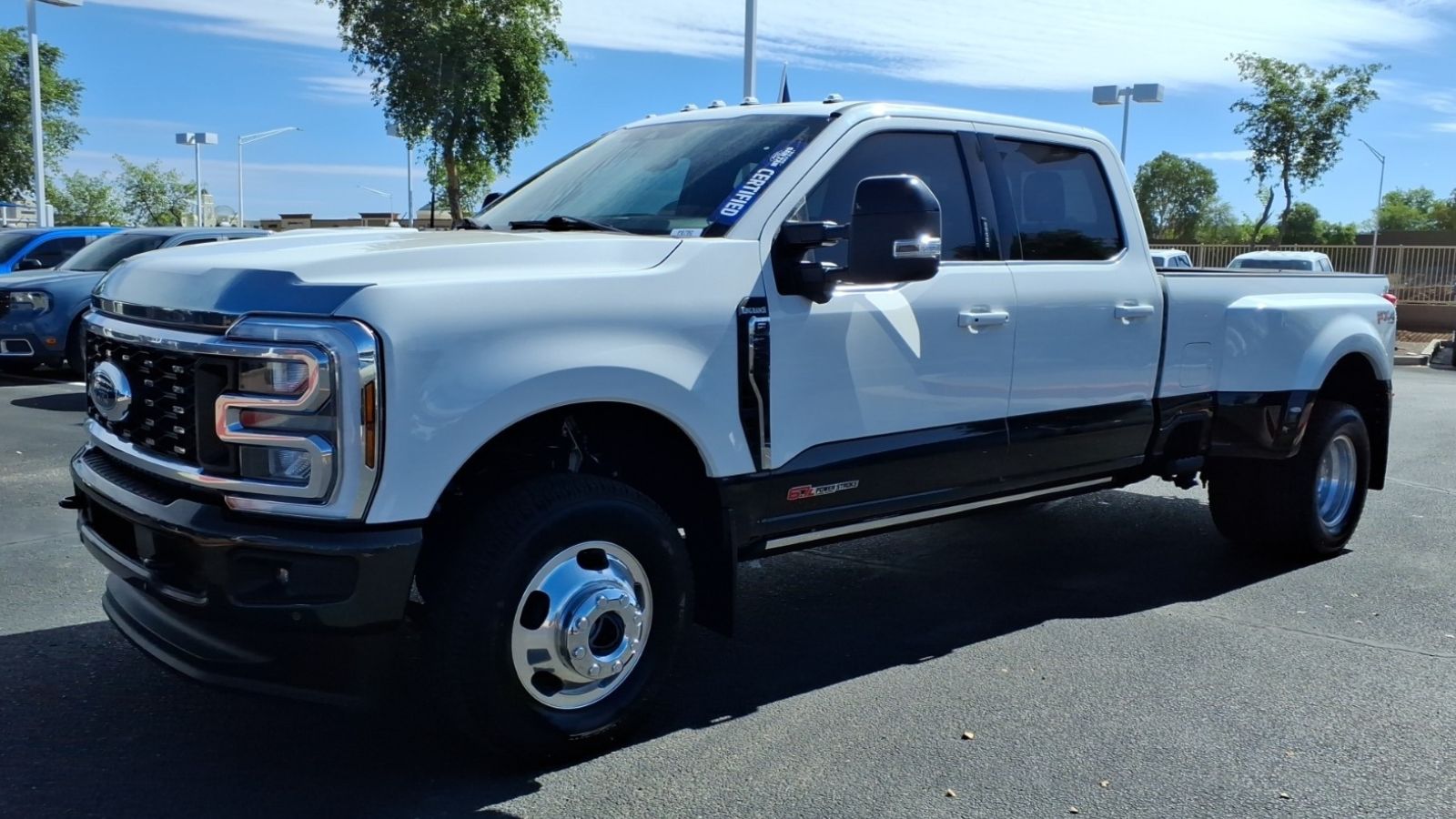
Beyond safety, oversized trucks are reshaping cities in less obvious ways. Their sheer bulk makes parking more difficult and blocks visibility at intersections. Insurance companies have quietly adjusted premiums upward for large trucks due to higher repair costs and increased claim severity. Meanwhile, the environmental impact is undeniable: fuel economy for most full-size pickups remains poor, and even with hybrid assist systems, emissions are significantly higher than comparable crossovers or sedans. In congested urban areas, they occupy more space than many compact cars combined, straining parking infrastructure and worsening traffic flow.
The Push for Change

The expert’s comments have fueled a wider conversation among safety groups and policymakers about whether modern trucks should face stricter oversight. Some proposals include new size-based licensing categories, front-end redesign mandates, or pedestrian impact ratings added to crash test results. Others call for financial incentives to steer consumers toward safer, smaller vehicles. Automakers could be required to include front-view cameras and proximity sensors as standard, not optional extras. Change may come slowly, but the public sentiment is shifting. As one critic put it, “If these things can’t see over their own hood, maybe they shouldn’t be on city streets.”
A Growing Awareness Among Drivers
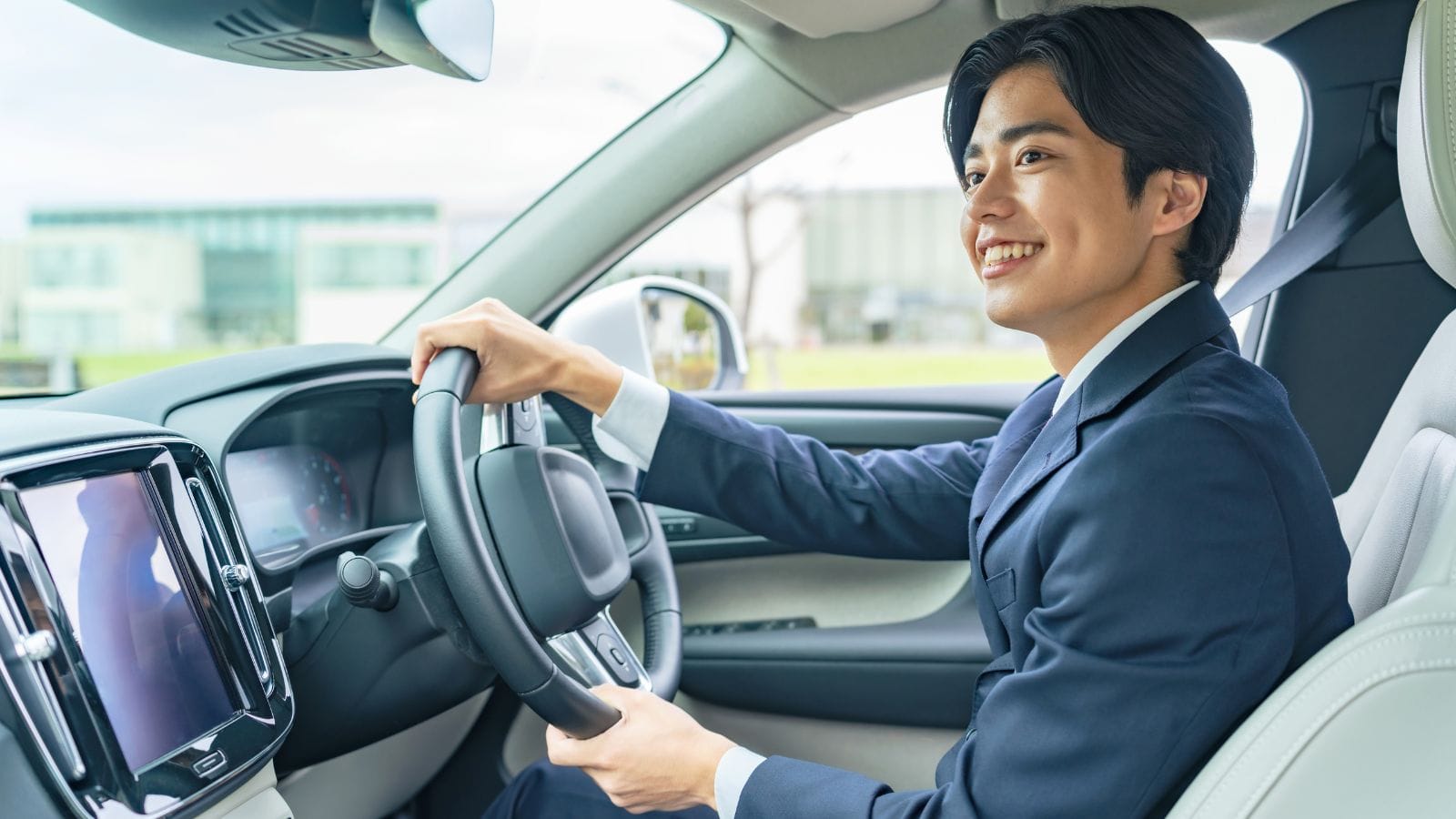
Interestingly, even some truck owners are beginning to question the arms race in size and power. Online forums are filled with complaints about poor visibility, difficult parking, and excessive fuel use. The appeal of towering, 6,000-pound trucks is starting to wane as more buyers recognize the trade-offs. The expert’s warning may be blunt, but it reflects a growing truth: the modern pickup truck has outgrown its original purpose, and unless design standards evolve, safety and common sense will continue to take a back seat.
25 Facts About Car Loans That Most Drivers Don’t Realize

Car loans are one of the most common ways people fund car purchases. Like any other kind of loan, car loans can have certain features that can be regarded as an advantage or a disadvantage to the borrower. Understanding all essential facts about car loans and how they work to ensure that you get the best deal for your financial situation is essential. Here are 25 shocking facts about car loans that most drivers don’t realize:
25 Facts About Car Loans That Most Drivers Don’t Realize
